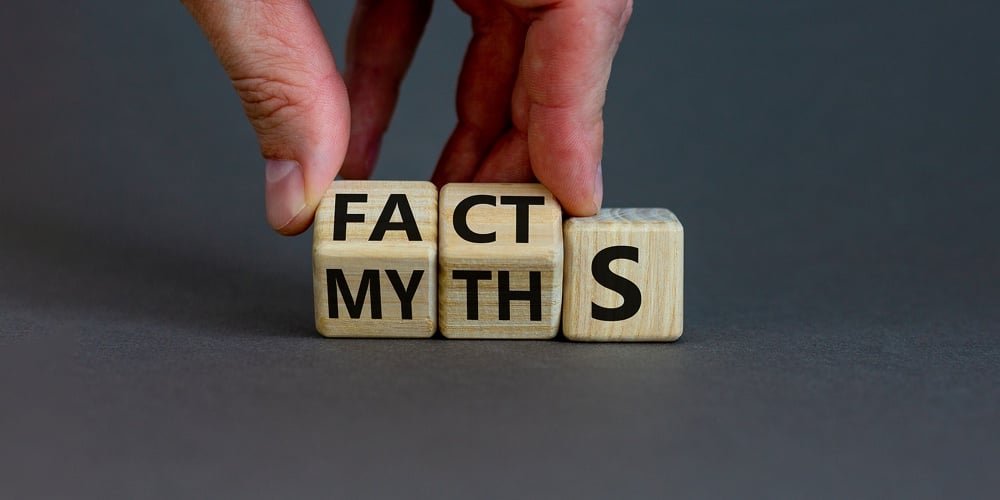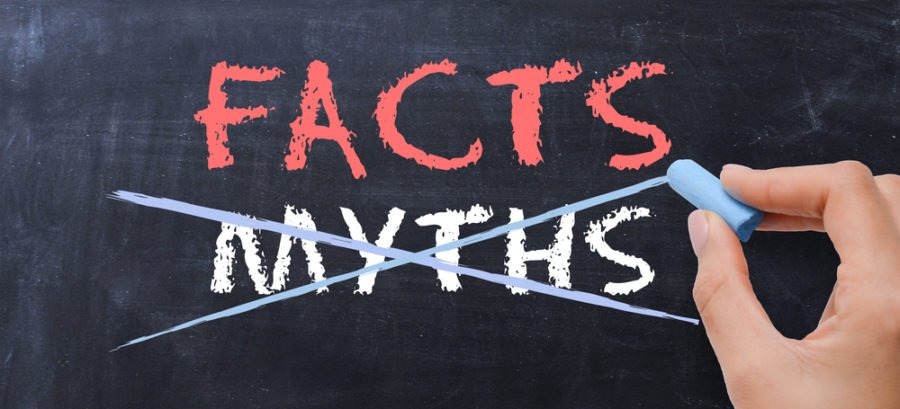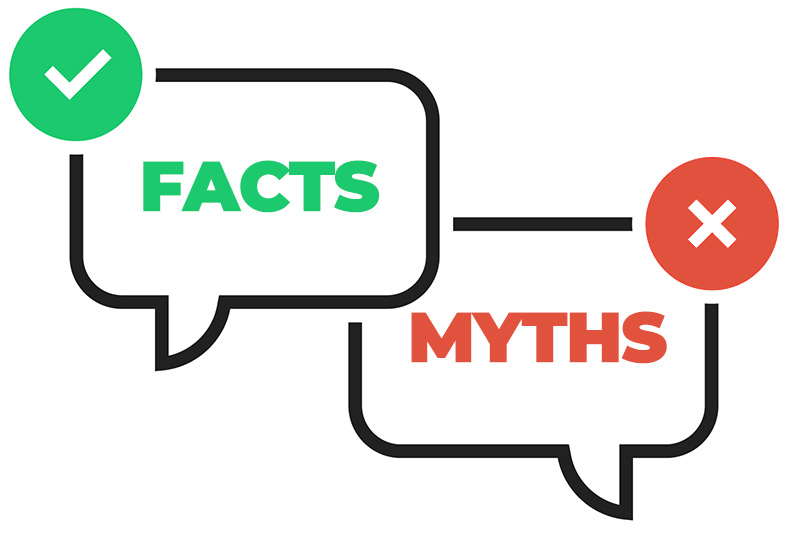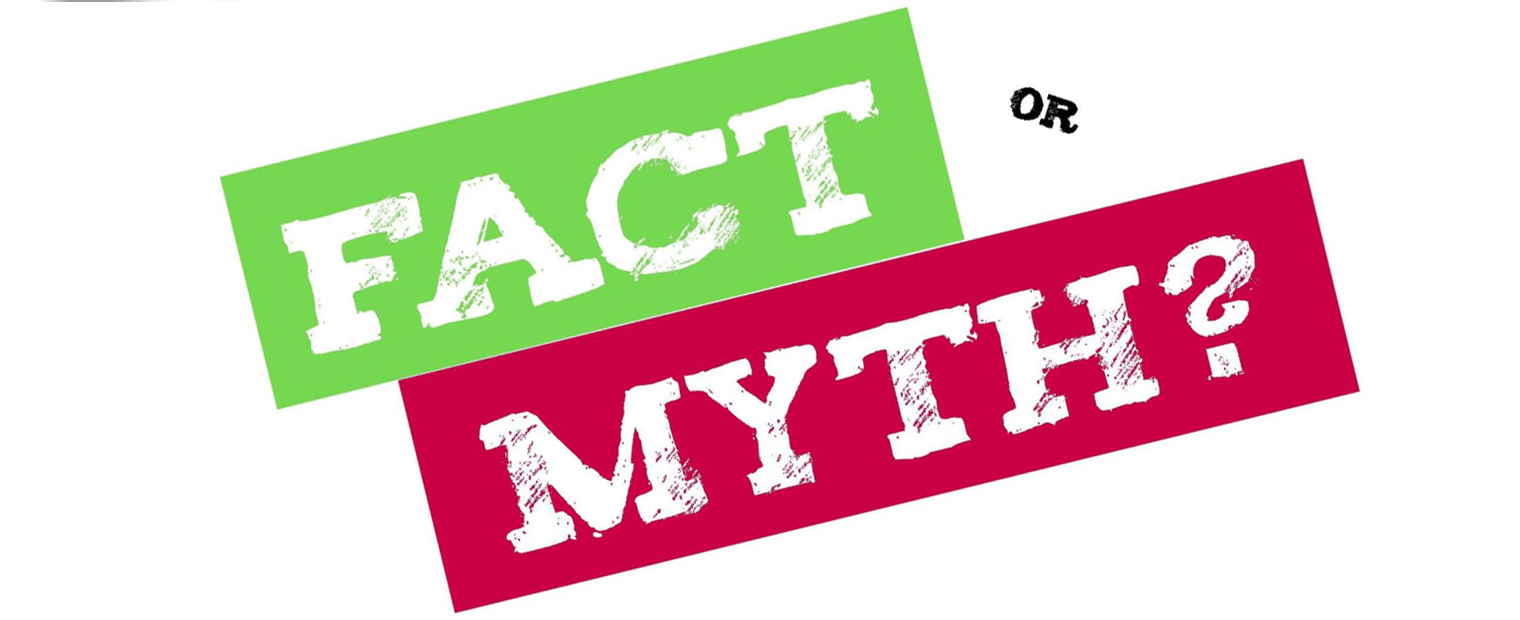In the fast-paced world of stock photography, misconceptions can easily take root, especially when it comes to the ethical implications of using images featuring children. One platform that often comes under scrutiny is Alamy Stock. In this blog post, we'll address the myths surrounding Alamy Stock, particularly focusing on concerns about child exploitation. By unpacking the facts and providing clarity, we can foster a more informed discussion about the responsible use of stock images.
Understanding Alamy Stock

Alamy Stock is one of the largest stock photography agencies in the world, boasting a diverse collection of over 215 million images. Founded in 1999, it has gained a reputation for its high-quality images and accessibility to both professional and amateur photographers. But what exactly sets Alamy apart, and how does it operate?
Firstly, Alamy provides a platform where photographers can upload and license their images, allowing them to earn royalties whenever their work is used. This decentralized approach has led to a vast assortment of image subjects, including but not limited to children. Here are some key features that make Alamy unique:
- Diversity of Content: With millions of images, Alamy has an extensive range of subjects, which makes it an ideal resource for creative professionals.
- Photographer Support: Alamy stands out for its transparent commission structure, offering photographers a significant portion of the royalties.
- Quality Control: The platform emphasizes quality over quantity, regularly updating its collection to remove outdated or low-quality images.
- Global Reach: Serving customers from various industries across the globe, Alamy caters to a wide array of needs—from editorial to commercial.
Despite the impressive offerings and ethical policies, misconceptions remain regarding the exploitation of children in stock photography. Understanding Alamy's policies and how they manage image licensing is crucial in dispelling these myths. By maintaining strict guidelines and ethical practices, Alamy Stock continues to prioritize responsible sourcing and usage of imagery, especially when it involves vulnerable subjects like children.
Also Read This: A Beginner’s Guide to Finding the Perfect Images on Alamy
Common Myths About Child Exploitation in Stock Photography

When it comes to stock photography, particularly involving children, there are countless myths that circulate. It's essential to separate fact from fiction to ensure we approach this sensitive topic responsibly. Let’s delve into some of the most common myths surrounding child exploitation in stock photography:
- Myth 1: All stock photography of children is exploitative.
- Myth 2: Photographers don't care about the well-being of child models.
- Myth 3: Parents are always unaware of how their children's images are used.
- Myth 4: Child models are often coerced into participating.
Many people believe that any image of children used in stock photography is exploitative. However, this isn’t true. Reputable stock agencies have stringent guidelines and ethical standards in place to ensure the safety and respect of child models.
Another common misconception is that photographers disregard the welfare of the children they photograph. In reality, ethical photographers are highly aware of their responsibilities and prioritize the safety and consent of their young subjects.
This myth suggests that parents who allow their children to be photographed in stock settings are oblivious to the potential outcomes. In truth, reputable photographers ensure that parents give informed consent regarding the use of their child's images.
Unfortunately, many people think that children are coerced into modeling. However, well-regarded stock agencies follow strict legal requirements and ethical practices, making coercion virtually non-existent.
Also Read This: How to Download Alamy Photos for Free Without Watermarks
Facts and Evidence Against the Myths

Now that we've highlighted some common myths about child exploitation in stock photography, it’s crucial to counter these myths with factual information. Here's what the evidence tells us:
| Myth | Fact | Evidence |
|---|---|---|
| All stock photography of children is exploitative | Many reputable agencies ensure ethical practices. | Agencies have guidelines that require consent and respect for child models. |
| Photographers don’t care about the well-being of child models | Photographers undergo training to understand child welfare. | Many professional photographers specialize in child photography and prioritize safety. |
| Parents are always unaware of the usage of their child's images | Consent forms are required for all child models. | Legal regulations in many countries mandate that parents are fully informed. |
| Child models are often coerced into participating | Coercion is illegal and heavily monitored in photography contracts. | Organizations like ASMP (American Society of Media Photographers) advocate for ethical practices. |
In summary, while myths surrounding child exploitation in stock photography persist, the facts provide a clearer and more reassuring picture. It's crucial for us to stay informed and support ethical practices in the industry.
Also Read This: Citing Alamy Images: Proper Attribution for Academic and Creative Works
Alamy's Policies on Child Protection

When it comes to stock photography, the safety and well-being of children are paramount. Alamy recognizes this importance and has implemented strong policies aimed at ensuring the protection of minors in their images. These policies not only reflect a commitment to ethical practices but also help in fostering trust within the community of photographers and buyers alike.
First and foremost, Alamy has stringent guidelines on the use of images featuring children. Here are some key policies they adhere to:
- Consent Requirements: Before any minor can be photographed, explicit consent must be obtained from a parent or guardian. This is a crucial step that protects the rights and privacy of children.
- Content Guidelines: Alamy prohibits any images that portray children in a compromising or inappropriate context. The focus is always on positive, respectful representations.
- Regular Audits: Alamy regularly reviews its image submissions to ensure compliance with their child protection policies. This proactive approach helps maintain a safe environment for children in stock photography.
Moreover, Alamy is dedicated to reporting any suspicious activities or violations to the relevant authorities. By prioritizing these policies, they not only protect children but also promote an ethical standard across the stock photography industry.
Also Read This: Posting Getty Images on Instagram: Understanding Copyright and Usage Policies
Importance of Ethical Practices in Stock Photography
Ethical practices in stock photography are vital for maintaining integrity, trust, and respect among all parties involved—photographers, clients, and importantly, the subjects of the photos themselves. Why should we emphasize ethics in this field? Let's dive into the reasons.
1. *Respecting Subjects: Ethical photography respects the dignity of individuals, particularly vulnerable groups like children. It’s crucial for photographers to ensure that their work does not exploit or misrepresent their subjects.
2. Building Trust: When agencies like Alamy adhere to ethical standards, they cultivate a loyal clientele. Clients can confidently purchase images knowing that ethical practices protect the subjects involved.
3. Promoting Fair Compensation: Ethical practices encourage fair compensation for photographers and other creatives. When rights are respected, everyone involved in the creation of an image benefits.
4. Encouraging Diversity:* Leaders in stock photography uphold ethical practices that facilitate the representation of diverse voices and perspectives, enriching the overall tapestry of visual storytelling.
In essence, ethical practices are not just for compliance; they are fundamental for the health of the stock photography ecosystem. By prioritizing ethics, we ensure that this vibrant industry continues to thrive while respecting the rights and dignity of all individuals. After all, photography is an art form that should uplift and inspire, not exploit.
Debunking Myths Surrounding Alamy Stock and Child Exploitation
In recent years, the usage of stock photography has surged, with platforms like Alamy Stock becoming increasingly popular. However, this rise has also given way to various myths, particularly concerning the exploitation of children in stock images. It is crucial to debunk these myths to foster a well-informed discussion regarding child protection in photography.
One major myth is that all images including children are inherently exploitative. This is misleading. In reality, many contributors to Alamy Stock adhere to strict ethical guidelines to ensure that the representations are respectful and consensual.
Here are some common myths surrounding Alamy Stock and child exploitation:
- Myth 1: All stock images featuring children are taken without parental consent.
- Myth 2: Photographers on Alamy exploit children for profit without considering their safety.
- Myth 3: Alamy Stock allows the sale of any photo involving children, regardless of intent.
In truth, Alamy Stock implements a stringent approval process for images, ensuring that legal documents are in place that confirm the consent of parents or guardians. Additionally, the platform actively encourages responsible photography practices.
To further clarify, here’s a comparison table reflecting the facts about Alamy Stock:
| Myth | Fact |
|---|---|
| All child images are exploitative | Many adhere to strict ethical guidelines |
| Photographers misuse images for profit | Photographers respect child safety and rights |
| No approval for child images required | Parental consent is mandatory |
In conclusion, while concerns regarding child exploitation in photography are valid, it is imperative to acknowledge the robust measures in place at Alamy Stock that protect children and ensure ethical practices in stock photography.
 admin
admin








